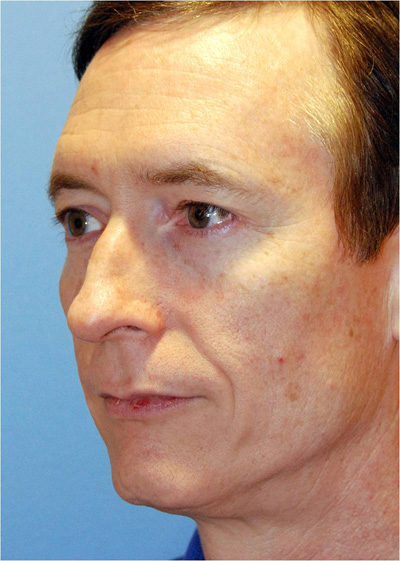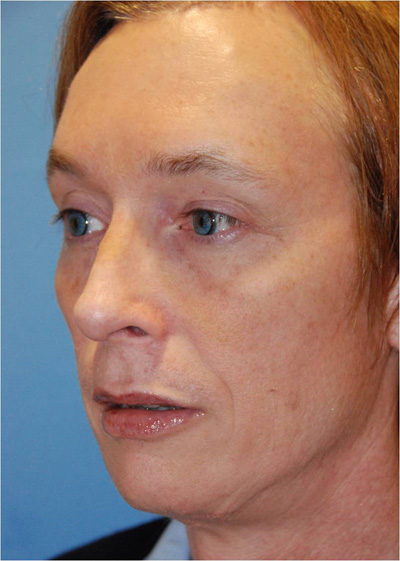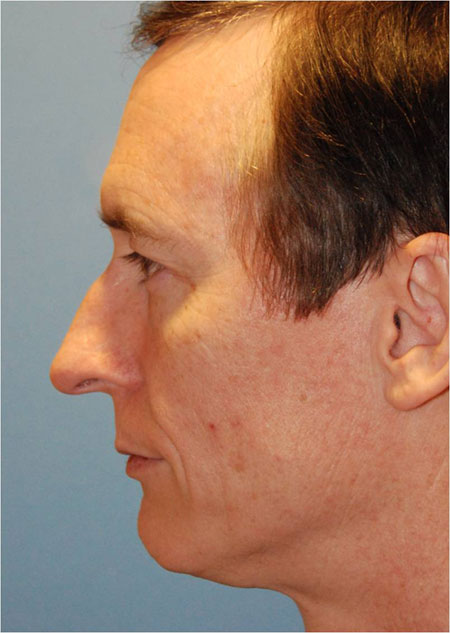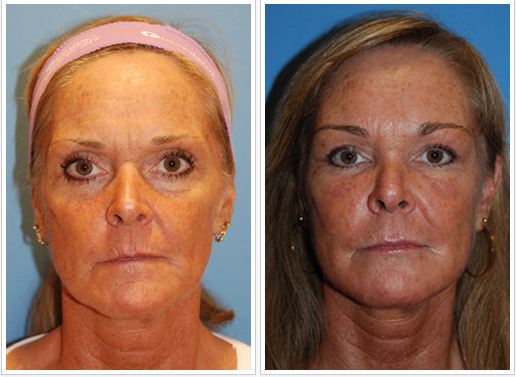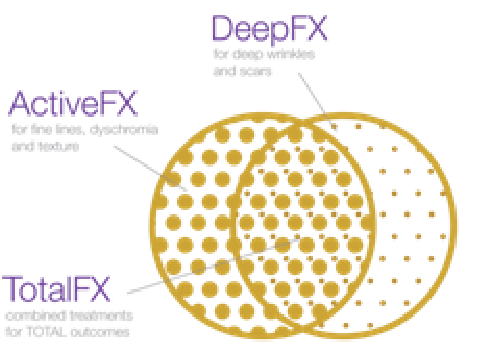There are many reasons for browlifting (Dr Young specializes in Browlifts and Facial Plastic Surgery) and working with the upper third of the face. One of the main reasons is to lift the brows when they are drooping. In this case, raising the eyebrows can open up the eyelids and reduce the upper lid skin laxity. This can be done through open approaches, through the eyelid and through minimally invasive means through small incisions behind the hairline. What can also be done is removing the muscles between the eyes that causes the frowning. This can reduce your needs for botox markedly to not having to need botox at all. Some people also have significant brow prominence that can be reduced by burring the bone down. this can be done through an eyelid incision or through an open approach which requires an incision from ear to ear. Although the incision from ear to ear sounds daunting, the incision actually heals really well when you close it accurately. Also through an open approach you are more likely to get longer lasting results. Reducing the brow bone can reduce the stern and masculine look that some women have. Hairline lowering is something that can also be done for people with high hairlines. This is done through an incision right at the hairline. This combination of procedures, browlift, brow bone reduction, hairline lowering, and brow bone muscle reduction is much more commonly done for certain patients that want to have more of a feminine appearance. This typically is more common among my transgender patient. Below is a picture of a just such a patient. Although we have done this for many women. Most of the women we have are more conservative in showing their pictures on our website. Notice in the pictures that his brow bone is less prominent and his eyebrows are elevated to his desired height that we discussed prior to the procedure. Other procedures that he has were a chin reduction, rhinoplasty, and permalip implants.
Thanks for reading, Dr Young
Dr Young specializes in Facial Plastic and Reconstructive Surgery and is located in Bellevue near Seattle, Washington
